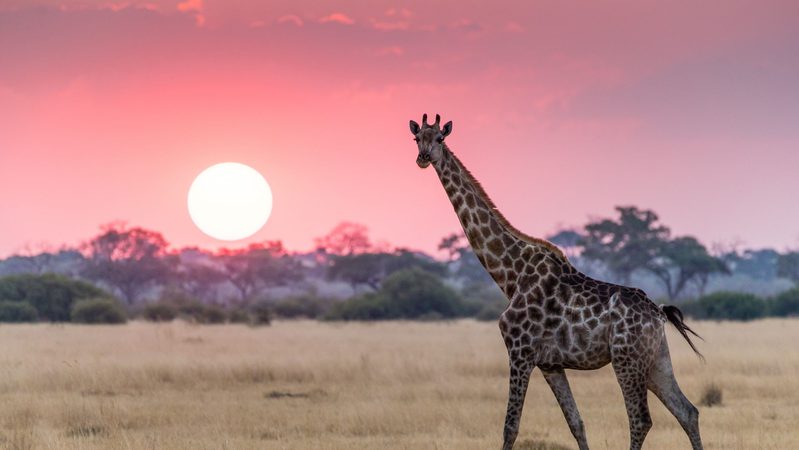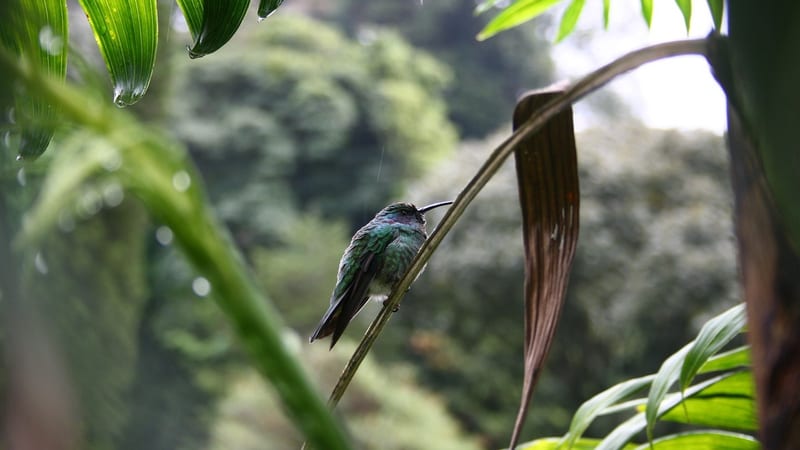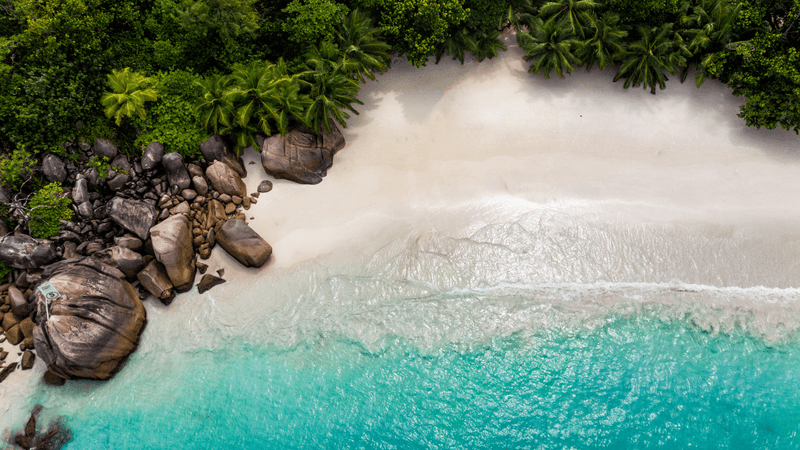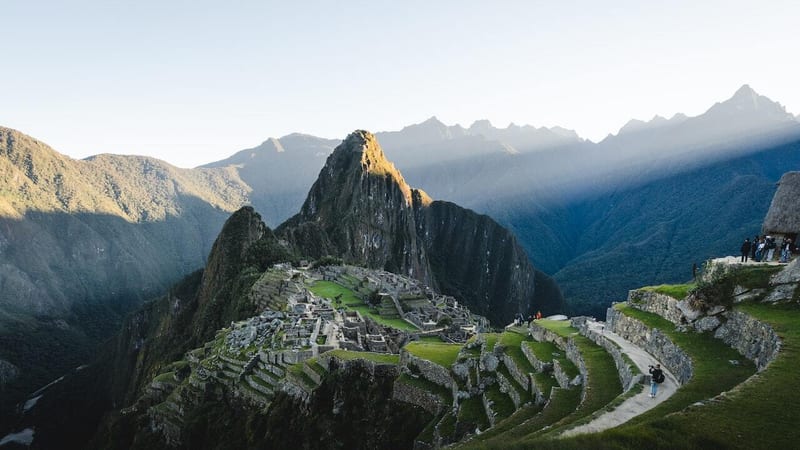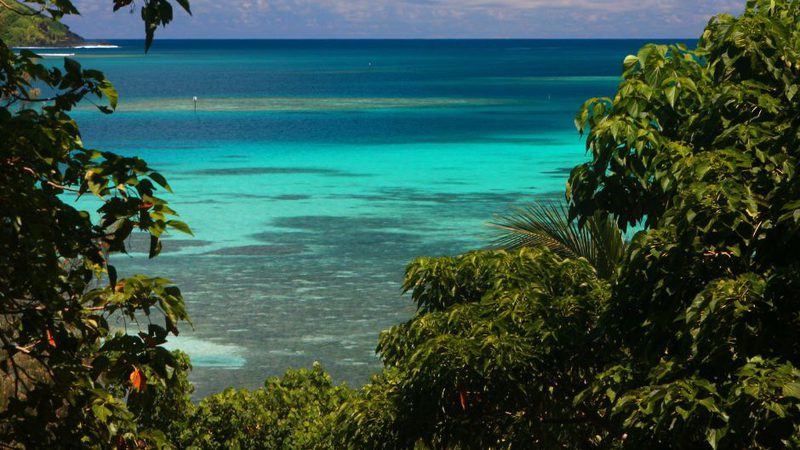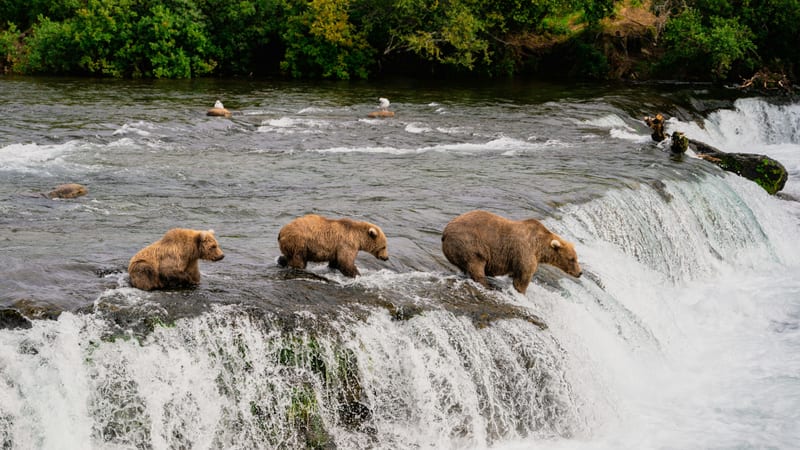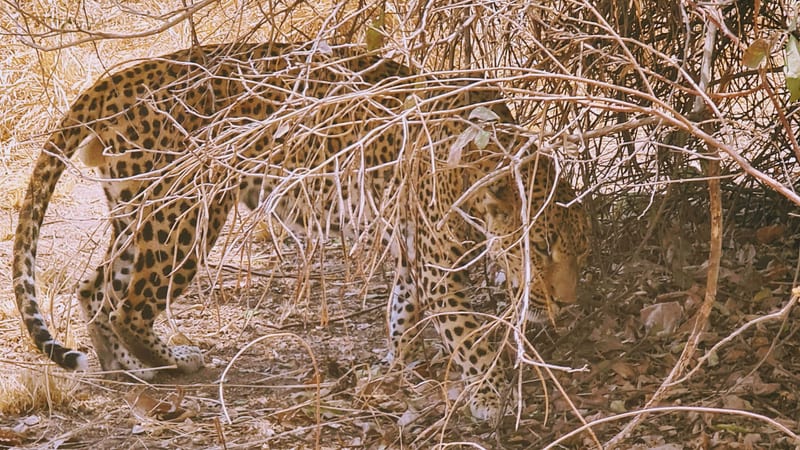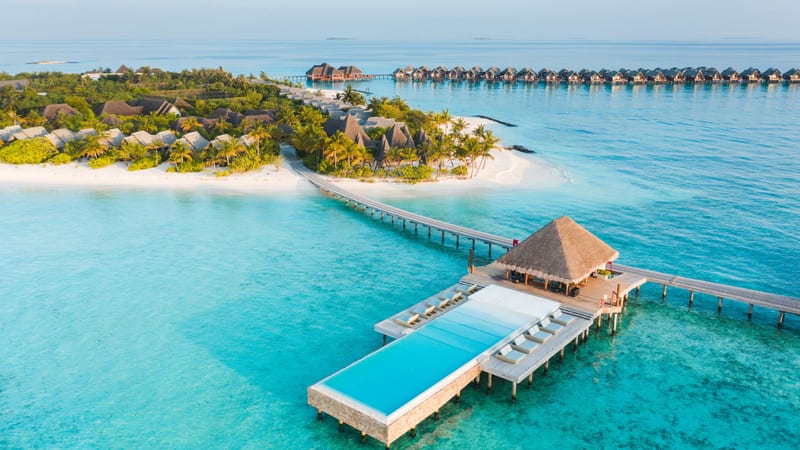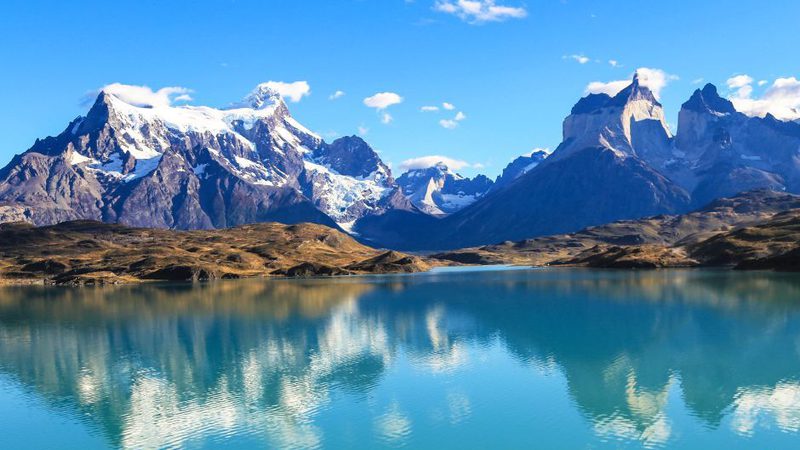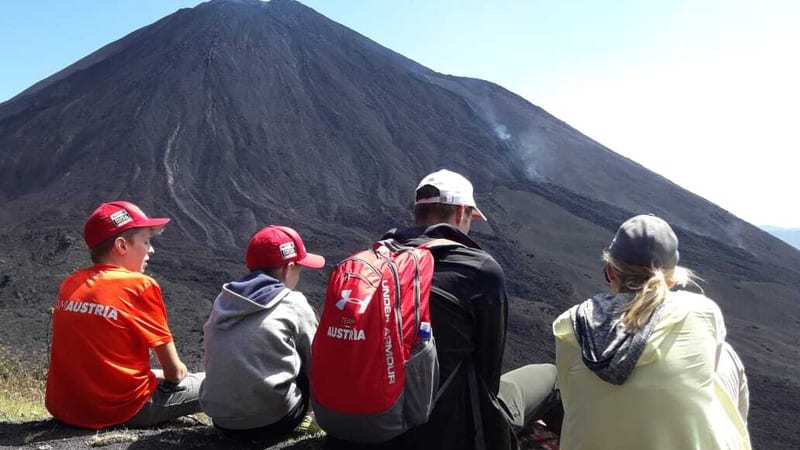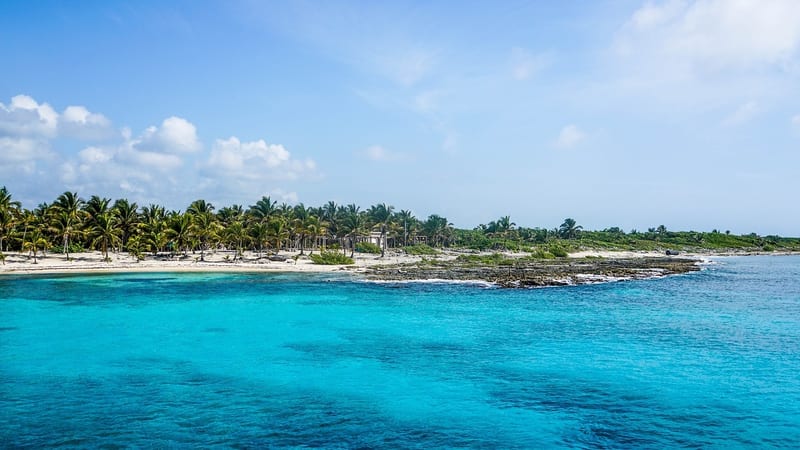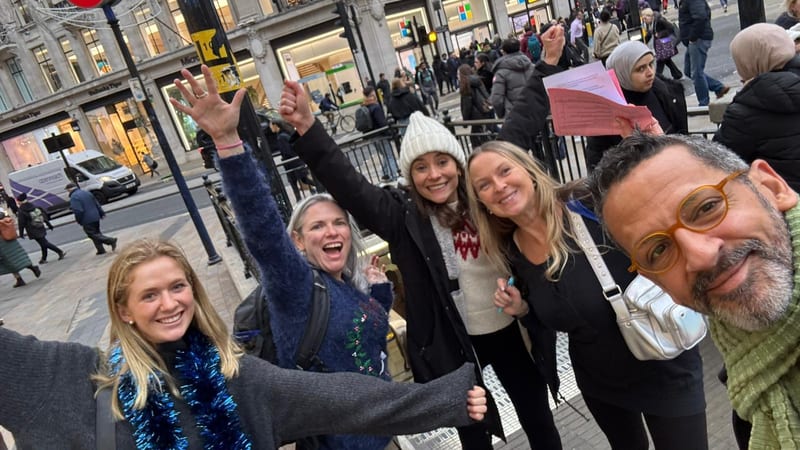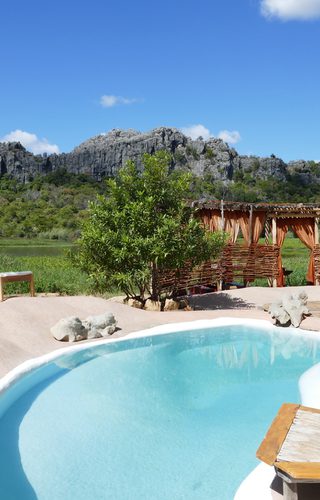Unplug and Reconnect at Iharana Bush Camp
Location:
Perched on the edge of a serene lake at the foot of the Tsingy massif, Iharana Bush Camp lies within the Ankarana Reserve in northern Madagascar, about 16 km from Ambilobe.
Rooms:
The camp features 18 handcrafted cottages built from ochre clay, palm-thatched satrana roofs and woven plant partitions, inspired by traditional Malagasy dwellings. Four of them sit on stilts over the lake, with private balconies facing the Tsingy. Without TVs, phones or plugs, the cabanas foster a peaceful, tech-free retreat.
Amenities:
At the heart of the camp is an open-air lounge, bar and restaurant overlooking the pool and the limestone formations. Enjoy chef-crafted meals that blend local Malagasy ingredients with European and Asian flavours, plus evening cocktails and fresh fruit juices. A boutique offers local crafts, and there’s a massage area beside the lake.
Activities:
Guided hikes explore the Tsingy massif, by day and night, including cave walks like Mandresy. Canoeing on “Laka Laka” lake, mountain biking to nearby villages, and guided cycles provide wildlife viewing and cultural immersion.
Sustainability:
Powered by solar panels for hot water and lighting, the camp sources most food locally and maintains a minimal ecological footprint. This, in combination with the organic architecture makes it a model for eco-sensitive tourism.
Best places to stay in Madagascar
Madagascar Trip Inspiration
When to go to Madagascar
Find out the best time to visit Madagascar with our month by month guide.
- Best
- Good
- Mixed
- Jan
- Feb
- Mar
- Apr
- May
- Jun
- Jul
- Aug
- Sep
- Oct
- Nov
- Dec
January
The cyclone season in Madagascar is between January and March, which means it's hot and wet and isn't the best time of year to travel. The east coast is generally wetter than the west or south.
February
February is the wettest month, with heavy downpours and the risk of cyclones making travel difficult, and wildlife hard to spot.
March
March remains hot and wet, with high humidity making travel uncomfortable. The south is generally a bit drier and the roads more manageable than the north
April
May
The rains have left the landscapes looking green and lush, and now is a great time to try and spot the famous lemurs. The tourists haven't yet arrived en-masse so accommodation is cheaper and easier to find. There are still a few rain showers, but sun prevails, making May an excellent overall choice for travel.
June
With the rain finally subsiding, the air becomes fresh and cool, with sunshine and just a few showers punctuating the day. It's a great time to travel across much of the country, and still outside of peak season it's easier to find accommodation at good prices.
July
July is the beginning of the peak season, with dry weather and lower temperatures meaning this is a great time to go trekking or explore the rainforests. Lemurs and other forest dwellers have come out of hiding, and humpback whales gather to calve offshore, with sightings frequent between now and September. July is one of the best times to visit Madagascar.
August
August is similar to July, with comfortably cool temperatures and sunny skies. It's another good month for whale watching, and for exploring Madagascar's many regions.
September
Want to see a baby lemur? Now is the time to visit, when lemurs give birth. The cooler weather is at an end, and temperatures begin to rise, bringing with them a few showers in anticipation of the approaching rainy season. It's quieter than July and August, and therefore an ideal month to visit Madagascar. Whale watching is still on the cards too.
October
Baby lemurs are still hopping around during October, and the warmer weather means it's an excellent time for the beaches and snorkelling in the turquoise ocean. Keep an eye out for the blooming purple jacarandas, and see if you can spot fossas in the western forests.
November
Increasing temperatures around Madagascar mean hot days, but the arrival of short rain showers helps cool things down. Wildlife is very active during November, so it's a great time for lemur spotting, as well as birds during their breeding season.
December
December is the start of the wet season in Madagascar, with high temperatures (the hottest of the year) and short, sharp rain showers. It's a bit cooler and drier in the south west of the island. It's a quieter time to travel, and if you visit at the beginning of the month, the beaches will still be glorious.
Speak to a Madagascar expert today
and start planning your tailor-made vacation

Alistair


